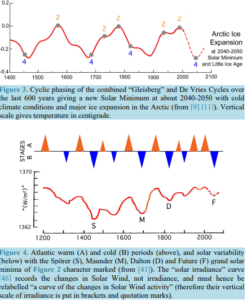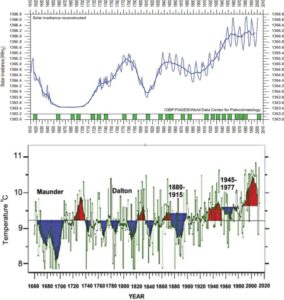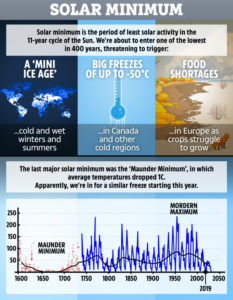by P. Gosselin, Nov 19, 2024 in NoTricksZone
The CO2 scam and “climate denial”
German researcher concludes CO2 warming immensely exaggerated…. IR radiation of clouds considerably reduces the greenhouse effect of CO2.”
The prosperity and political stability of our countries are in grave danger. The reason for this is an ideology that claims catastrophic climate change caused by the alleged “greenhouse gas” CO2 and is intent to destroy our civilization and prosperity. Its supporters are spreading a witch-hunt atmosphere against anyone who questions their ideology. So-called “climate deniers” are also denied any scientific expertise.
Every Swiss person can already see the first financial consequences on their electricity bill: In this country, the price of a kilowatt hour has shot up by up to 300% for some households in just four years. And this is just the beginning, as the Swiss government is pursuing the goal of switching to solar and wind power and thus to sources that cost 20 instead of 6 rp/kWh.
…
…
Conclusions
In his summary, Prof. Reinhart comes to the following conclusions:
“- The heat retention (“forcing”) by atmospheric carbon dioxide (CO2 ) causes a maximum temperature increase of 0.24 K (0.24°C) when the concentration doubles from 400 ppm to 800 ppm, based on a simplified absorption model that is independent of climate.
– This value depends only on the accepted mean earth temperature, T = 288 K, and is relatively insensitive to its uncertainty of 2 K.
– The temperature increase since the industrial revolution amounts to a maximum of 0.12 K, which is within the range of measurement accuracy. The anthropogenic contribution is therefore practically insignificant.
– The behavior of glacial and current temperature trends is not causally linked to carbon dioxide concentrations.
– The causes of global warming have not been clarified. However, they are most likely linked to the solar system and the water cycle.
– Measures to control CO2 emissions and the earth’s temperature are unsuitable, even dangerous means”.









